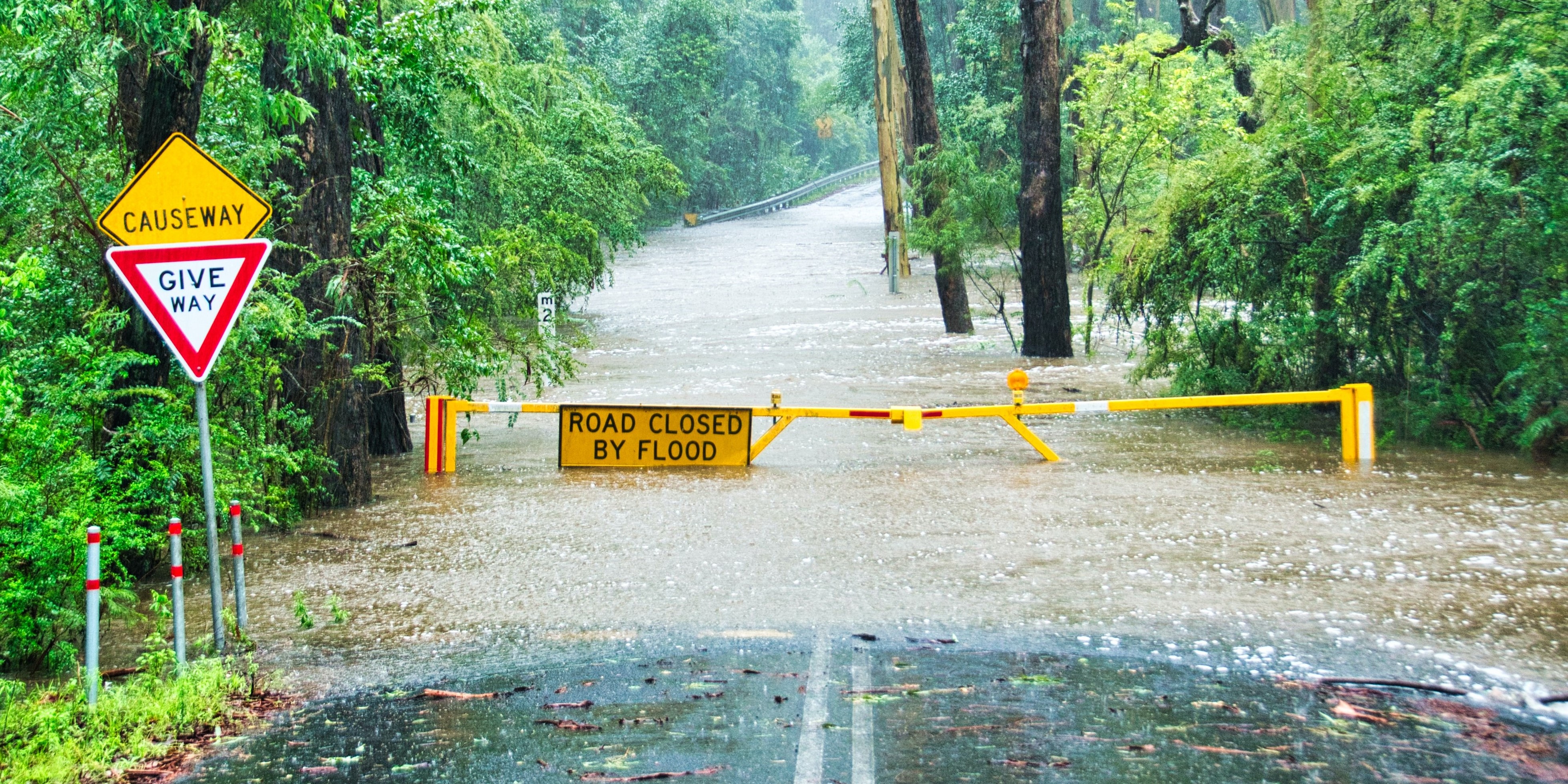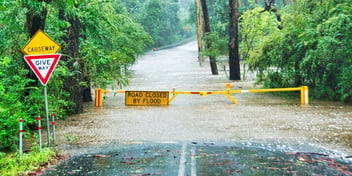Queensland floods highlight urgent need for resilient infrastructure

Increasing extreme weather events are delivering a stern warning: Australia’s infrastructure must be designed for a future of more intense storms and floods.
One leading infrastructure engineering professional says relying on historical rainfall data is no longer an option. Instead, climate-adjusted projections must guide how we prepare and adapt existing and new assets.
With rainfall depths expected to increase by up to 88% by 2100, today’s rare storms will become far more frequent, pushing critical infrastructure beyond its limits unless proactive steps are taken to enhance resilience and adaptability.
The ongoing storms and flooding in Townsville offer a stark example of these challenges. As communities grapple with the immediate impacts of flooding, the long-term question remains: how do we ensure infrastructure can withstand a rapidly changing climate?
GHD Engineering Leader Nick Deeks said extreme weather events always leave lessons in their wake, and, in the instance of the Townsville floods, the message is crystal clear.
“The fundamental takeaway is that historical rainfall data can no longer be used to estimate future storms and floods,” he said.
“Instead, these observations must be adjusted to reflect the impacts of rising global temperatures.
“The warmer atmospheric conditions we are experiencing can hold higher levels of moisture, leading to significant changes in rainfall intensity. As global temperatures increase further, so does the likelihood and magnitude of storm events.”
Alarming figures
Deeks said the latest update to version 4.2 of the Australian Rainfall & Runoff (ARR) guidelines introduces a method for adjusting historical rainfall depths to account for climate change, together with a method to estimate the increasing uncertainty.
“The recent update to version 4.2 of the ARR guidelines presents an approach to convert historical rainfall depths into climate change-adjusted values, for different global temperature change projections referred to by climate scientists as Shared Socioeconomic Pathways,” he said.
“They also provide guidance on dealing with runoff changes associated with drier antecedent soil conditions and sea level rise along our coastline.
“The modified rainfall depths are alarming, with increases up to 88% by the end of the century, and an uncertainty band up to 170%.”
Deeks said the current storm event at Townsville is historically classified as a rare, 1-in-140 year probability event: “By the end of the century, this storm could be far more frequent, with a probability of 1-in-18 years”.
“The frequency of storm events is increasing. By 2070, under Shared Socioeconomic Pathway 3 (SSP3), the historical 1-in-100 year probability 1-hour storm will occur as frequently as 1-in-13 years in Brisbane and Perth, and 1-in-20 years in Melbourne,” he said.
“The magnitude of storm events is also increasing. Under SSP3, the 1-in-100 year probability 1-hour storm in 2070 will have the same magnitude as the historical 1-in-1100 year storm in Townsville, and 1-in-700 year storm in Brisbane.
“The frequency and depth of short duration storms are predicted to increase relatively more than long duration storms.”
Boosting resilience
These changes in frequency and magnitude will have profound implications for the design and resilience of our infrastructure, Deeks said.
“No infrastructure exposed to rainfall and runoff will be safe, but certain infrastructure classes will be affected differently,” he said.
“Small catchment assets like stormwater collection and conveyance systems will be affected more than large catchment assets like dams, waterway bridges and culverts, and flood levees.
“We must take proactive steps to prepare for climate impacts on both existing and new assets. For existing assets, undertaking a risk assessment can help prioritise assets requiring intervention.”
For existing assets requiring intervention or new assets, Deeks said we are faced with a range of choices.
“Designing infrastructure for the historical design storms could leave it vulnerable to bigger and more frequent storms,” he said.
“At the other end of the spectrum, designing for the worst-case climate change scenario could burden the community with extra costs.
“The middle ground approach is to consider a range of possible futures and design our assets to be resilient or adaptable over time.”
An example of a resilient asset is a road that floods more often but isn't damaged and is trafficable immediately after the flood, Deeks said.
“During the flood there might be an alternative route,” he said.
“An example of an adaptable asset is an urban detention basin with space set aside for future expansion if needed, or future housing if not needed,” he said.
Further coverage on the Townsville floods is planned when members on the ground are available to provide comments.

